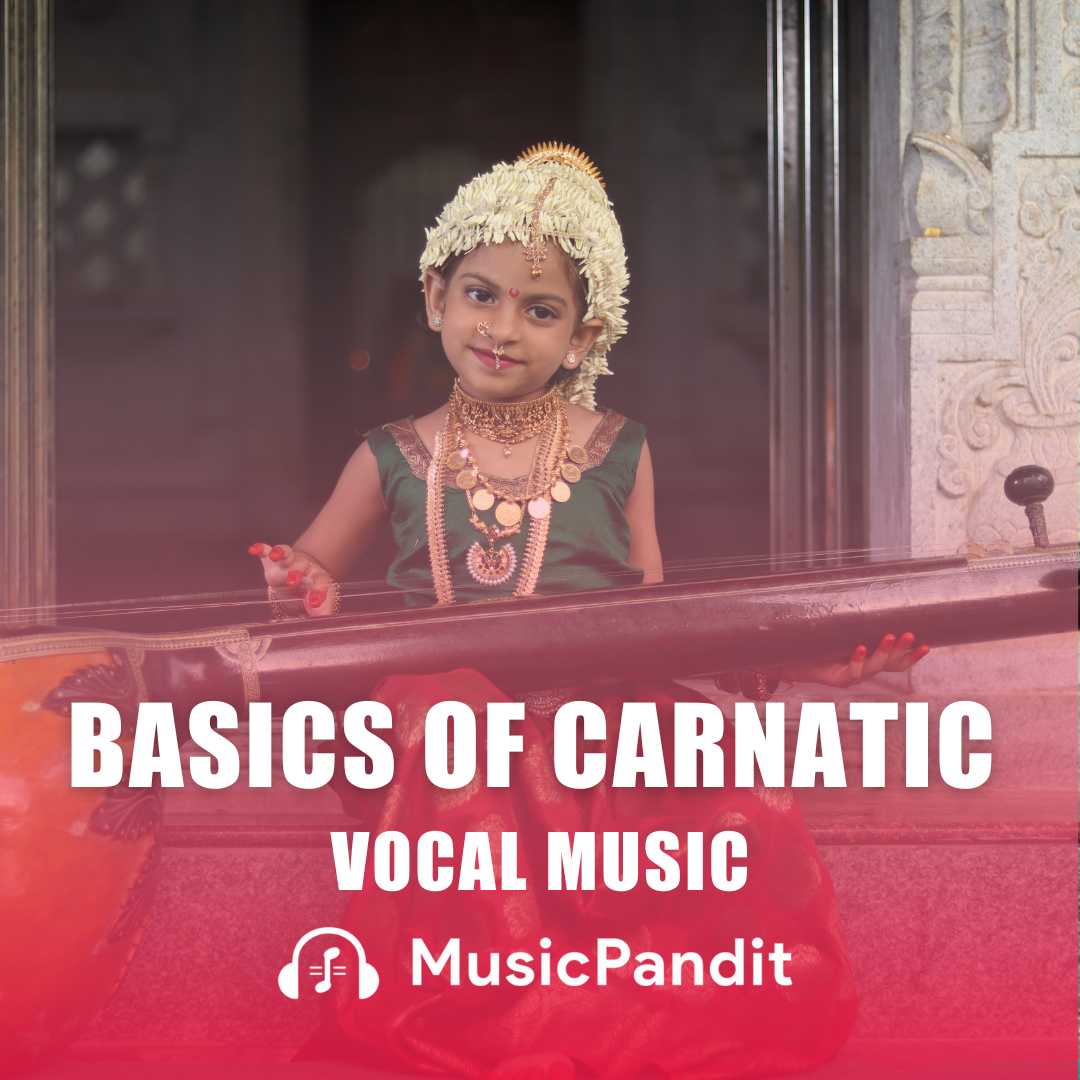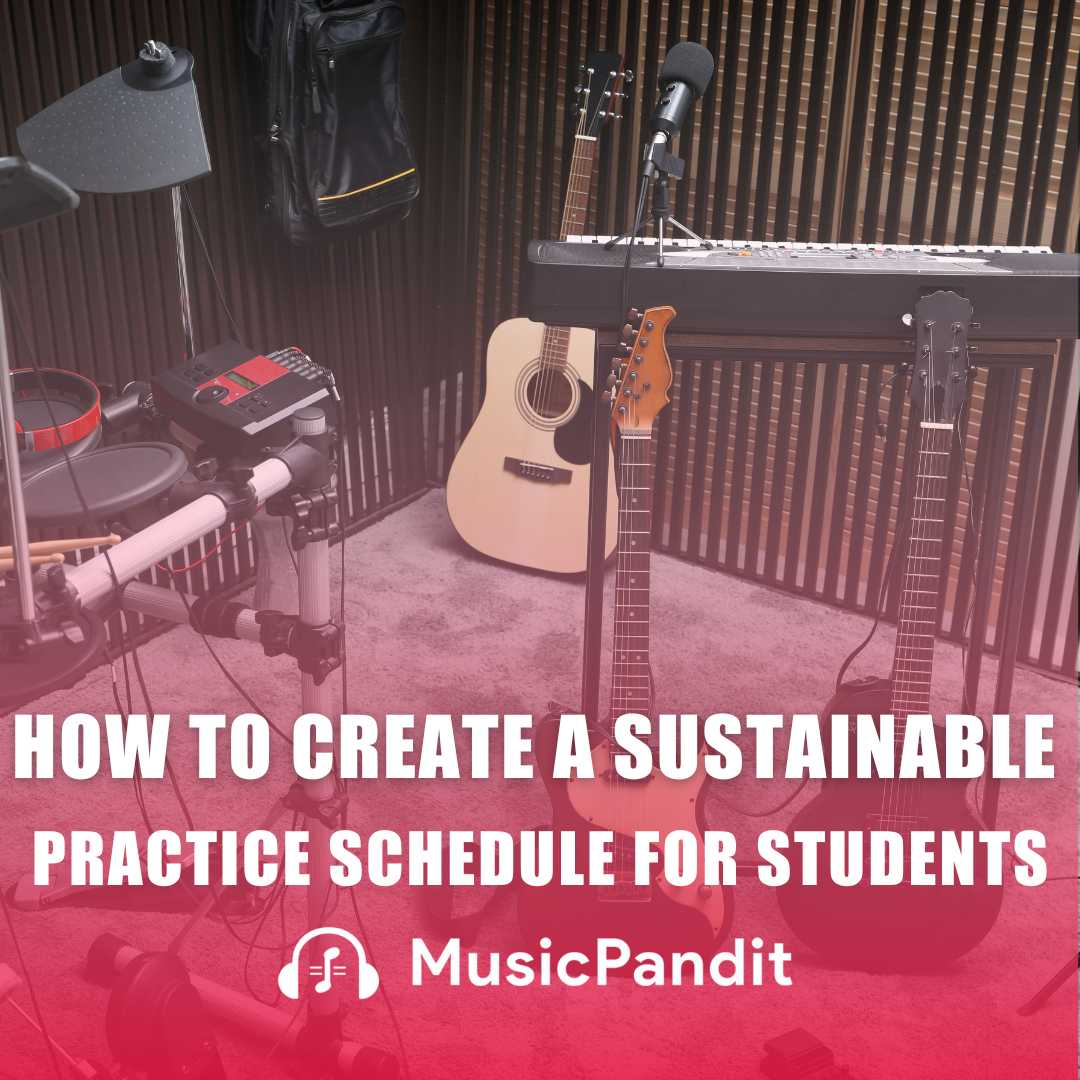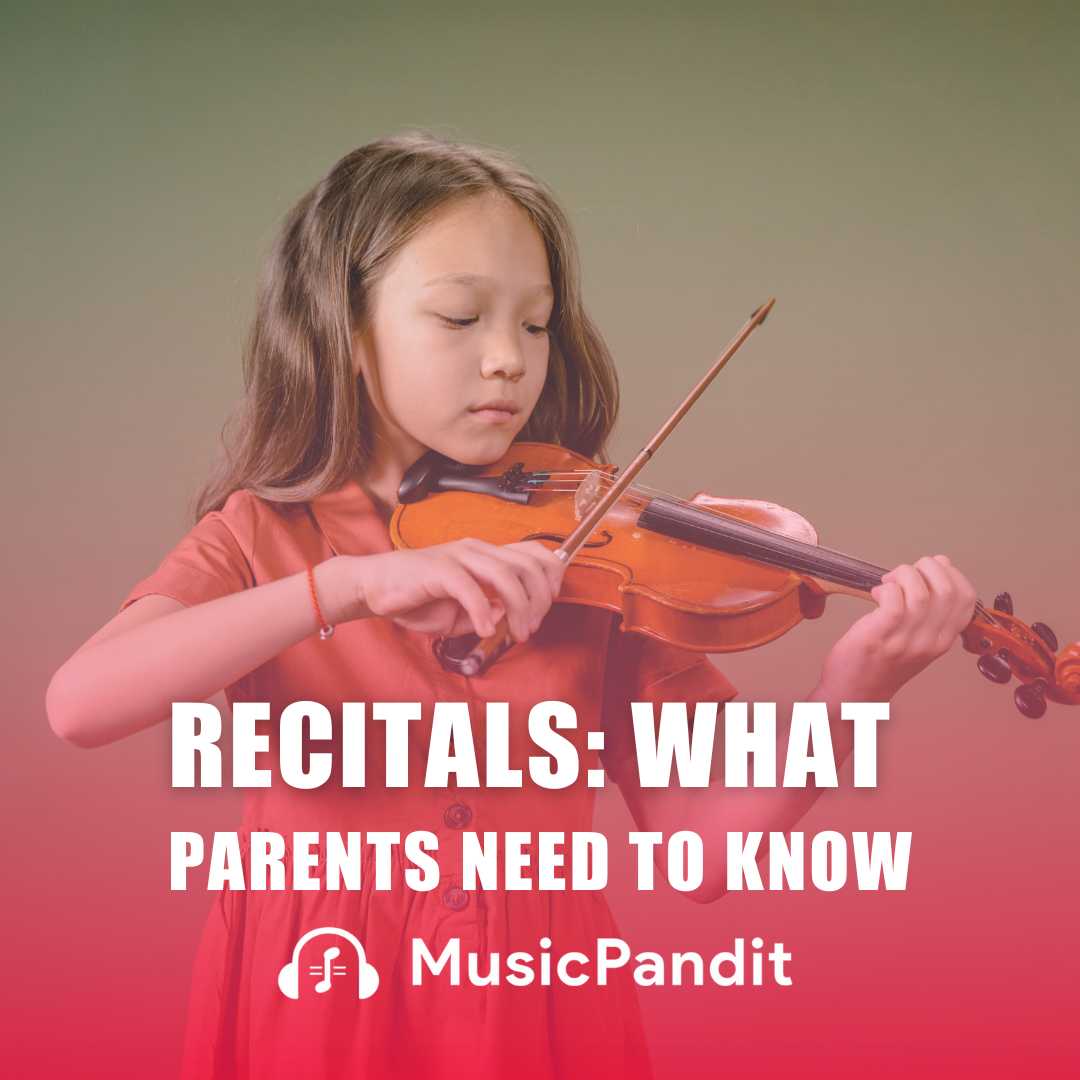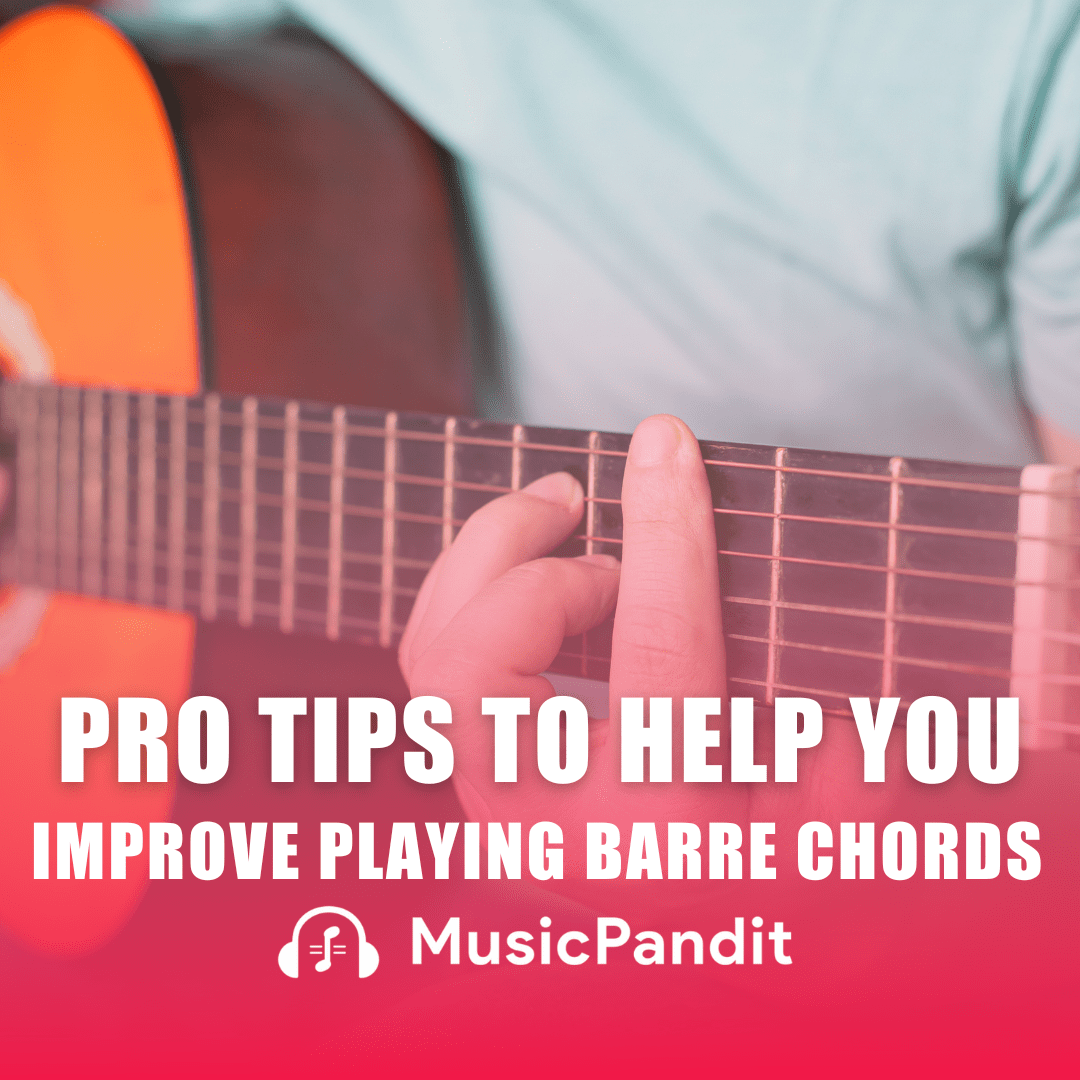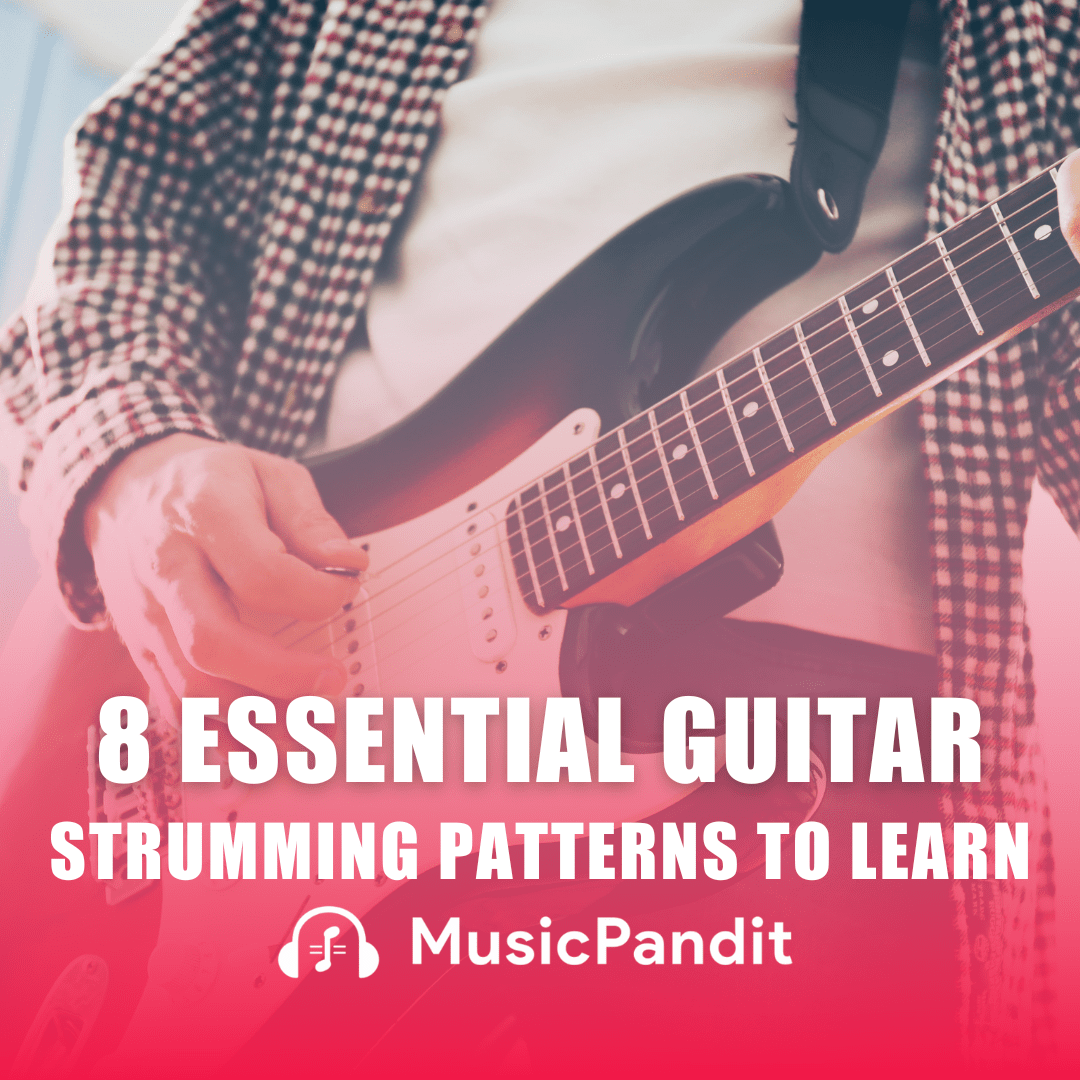Embarking on the adventure of gaining knowledge of Hindustani vocal music is an enriching and exciting experience for both students and their dad and mom. This ancient artwork form does not best enhance musical talents however also instils field, patience, and a deep appreciation for song in rookies.
For mothers and fathers of children starting their Hindustani music training, it’s crucial to understand what to expect from the first lesson in Hindustani vocal music. So, here’s an in depth guide that will help you get a good grasp of what takes place throughout the lessons.
An Introduction to Hindustani Music
Hindustani music, one of the oldest forms of Indian classical music, has a wealthy history that dates back over a thousand years. Rooted inside the Vedic traditions, it has evolved via centuries, incorporating diverse local and cultural impacts. This style of tune is thought for its problematic ragas (melodic frameworks) and talas (rhythmic cycles), making it a deeply expressive and complicated form of musical expression. The tradition of Hindustani singing has been passed down through generations, and these days, it continues to thrive and enchant audiences around the sector.
Understanding the depth and complexity of Hindustani tunes can be overwhelming for beginners. However, the adventure begins with easy steps that progressively introduce the scholar to its big expanse. The first lesson usually consists of an overview of the records and significance of Hindustani music, imparting a contextual background that helps students and parents recognize its distinctiveness. This introduction sets the level for a based studying route, making sure that scholars build a sturdy foundation in their Hindustani vocals instructions.
Get to Know Your Guru (Educator)
The role of the guru, or instructor, is significant to the mastering of Hindustani song. In your first lesson, each of you and your child can have the opportunity to fulfil the guru. This initial meeting is important as it facilitates building a rapport and establishes trust between the scholar and the teacher. The guru will examine the student’s present day degree of musical knowledge, vocal range, and interest in studying. This is also the time for mother and father to ask any questions and recognize the teaching technique. Building an amazing date with the guru is crucial for a success in learning, because the guru’s steering and remarks are beneficial throughout the learning procedure.
The guru’s approach is often customised to match the man or woman needs of the student. They may additionally ask the pupil to sing easy music or a few notes to recognize their voice quality and range. This enables the guru to tailor the training in line with the pupil’s strengths and regions that want improvement. Parents are encouraged to take a look at this interplay, because it presents insights into how their child can be taught and the progress they are able to expect. Establishing clear communication with the guru from the beginning guarantees that both the scholar and the parents are aligned with the learning goals and expectancies.
Hindustani Vocal Music: An Introduction
The first lesson in Hindustani vocal music is usually introductory. The guru will provide an explanation for the basics of Hindustani track, its significance, and the essential concepts that shape its basis. This consists of a short history, the importance of ragas and talas, and how they arrive together to create lovely songs. The intention is to present both the student and the dad and mom a clear information of what to expect in the approaching training. This foundational understanding is essential as it allows students to admire the depth and beauty of Hindustani music from the very beginning.
In addition to the theoretical components, the guru may also introduce a few realistic factors. For instance, the scholar might be requested to listen to a recording of a simple raga or a composition to get an experience of the tune they’ll be learning. This helps in growing an ear for the precise sounds and nuances of Hindustani track. Understanding those fundamentals inside the first lesson sets a high quality tone for destiny training, making sure that scholars are well-organised and inspired to delve deeper into their Hindustani instructions.
Adjusting Your Voice
A considerable part of the primary lesson focuses on voice training. Hindustani singing requires unique vocal control and the capability to supply precise pitches and tones. The guru will introduce easy vocal exercises, called “sargam” (solfege), that are designed to help students adjust their voice and improve their pitch accuracy. These physical games shape the bedrock of future lessons and are essential for growing a strong foundation in making a song. By working towards these exercises often, students learn how to manage their breath, modulate their voice, and preserve pitch, all of which are essential capabilities for Hindustani making a song.
In addition to sargam, the guru can also educate primary respiratory techniques. Proper respiration is important for sustaining lengthy notes and making a song with clarity and electricity. Students are taught to breathe from their diaphragm instead of their chest, which lets in for higher management and staying power. These preliminary voice training physical activities would possibly appear simple, however they are essential to mastering Hindustani vocal music. Parents can help their children by encouraging normal practice of those sporting events, helping them build the important vocal energy and agility for more superior training.
An Overview of Ragas
Ragas are the melodic frameworks in Hindustani music. Each raga has its personal precise set of notes and rules, which evoke particular emotions and moods. During the primary lesson, the guru will introduce a simple raga, explaining its shape and the way it’s miles are used in compositions. The scholar will start learning how to become aware of and sing the notes of the raga, a critical talent with a purpose to be developed through the years. The guru might show the raga through singing it, helping the pupil to recognize its temper and individual. This preliminary exposure to ragas is both interesting and challenging, as it opens up a brand new global musical opportunities.
Learning a raga involves more than just memorising its notes; it calls for understanding in its soul. The guru will give an explanation for the concept of “challan” or the motion of the raga, which dictates how the notes are approached and rendered. This might include singing ascending and descending scales (aroh and avroh) and simple compositions in the raga. The first raga delivered is mostly a truthful one, but because the pupil progresses, they will explore extra complex ragas with numerous emotional expressions. Parents can beautify their child’s learning by way of playing recordings of the raga at home, assisting the child to turn out to be acquainted with its sound and sense.
Understanding Alankars (Patterns)
Alankars are styles of notes that are used to educate and best the scales in Hindustani music. They are essentially musical physical games that assist in enhancing technical skills, ability and understanding of ragas. In the primary lesson, the guru will introduce a few simple alankars. Practising these patterns regularly allows students to expand flexibility in their voice and a higher draw close to the raga they are learning. Alankars are not just physical activities; they’re critical equipment for internalising the shape of ragas and developing a fluid and expressive making a song fashion.
These patterns can variety from easy sequences of notes to greater complex styles that require quick transitions and specific intonation. The guru will emphasise the importance of accuracy and consistency whilst training alankars. They assist in building muscle memory and vocal agility, permitting students to sing conveniently and confidence. Regular exercise of alankars is crucial for mastering Hindustani vocal song. Parents can support their children by encouraging them to guide these sports diligently, ensuring regular development in their Hindustani instructions.
Recognizing Rhythm (Tala)
Tala, the rhythmic factor of Hindustani music, is as critical as melody. It is vital for children to recognize and internalise rhythm to sing correctly. The guru will introduce fundamental talas, which include Teen Taal or Ek Taal, and train the scholar the way to keep the beat using hand gestures or a metronome. Understanding tala is important for staying in sync with the rhythm even as making a song. The first lesson will typically cover the fundamental shape of a tala, consisting of the number of beats and the department of these beats into unique styles.
Practising with talas facilitates students to broaden a robust experience of timing and rhythm, that is essential for any musical overall performance. The guru would possibly use a tabla or a virtual metronome to demonstrate the tala, and students will learn to clap or faucet together with the beats. This arms-on practice allows in internalising the rhythmic cycles and enhances the general musicality of the scholar. Parents can assist with the aid of offering assets like metronome apps or recordings of talas, growing an environment at home that supports rhythmic exercise and expertise.
Enhancing Your Listening Capabilities
Listening is a crucial skill in mastering Hindustani music. Students are advised to pay attention to recordings of various ragas and performances with the aid of renowned artists. This enables in growing a deeper understanding of the tune and improves the capability to recognize exceptional ragas and talas. The guru can also advise unique recordings or performances to concentrate on, which could function as a valuable learning device. Listening to experienced artists now not simplest conjures up students however additionally exposes them to one of a kind styles and interpretations, enriching their musical vocabulary.
In addition to passive listening, the guru may incorporate energetic listening sports inside the classes. This involves figuring out particular notes, patterns, or rhythms in a recording, or even looking to replicate them. Active listening sharpens the ear and helps in growing an eager sense of musical element. Parents can help their child’s listening exercise by playing counselled recordings at home, discussing the music with their child, and encouraging them to express what they listen and feel. This collaborative approach makes studying extra attractive and powerful.
Working Out at Home
Practice is fundamental to mastering any musical device or vocal approach. The guru will provide a fixed number of physical games and practices to be achieved at domestic. This may additionally consist of practising sargam, alankars, and the raga introduced all through the lesson. Consistent practice enables strengthening what has been learned and prepares the student for the subsequent lesson. Parents can assist their child by ensuring a regular practice agenda and presenting conducive surroundings for exercise. Setting aside a dedicated time and space for exercise facilitates retaining area and cognizance,essential for regular development in Hindustani classes.
In addition to established practice, the guru can also endorse a few innovative sports to maintain the studying procedure fun. This could consist of making a song along with recordings, improvising on the raga, or even composing easy tunes. These activities make exercise sessions more enticing and help in developing a deeper reference to the track. Parents play a crucial function in encouraging and motivating their child, celebrating their progress, and supplying positive reinforcement. With consistent exercise and parental assistance, students can gain great milestones of their Hindustani making a song adventure.
Conclusion
Starting Hindustani vocal music lessons is a brilliant step in the direction of nurturing your child’s musical expertise. The first lesson lays the groundwork for a profitable adventure of musical discovery and growth. By understanding what to anticipate and a way to guide your child’s learning method, you may play a pivotal function in their musical improvement. The adventure of learning Hindustani songs is packed with challenges and rewards, and with the right guidance and determination, students can attain first-rate progress.
If you’re interested in gaining knowledge of more approximately Hindustani vocals and how your child can gain from our online music classes, please get in touch with our admissions department. Our experienced gurus are dedicated to presenting the nice musical training and assisting each student reach their full potential in the global of Hindustani music. Embrace this possibility to enrich your child’s lifestyles with the timeless beauty and profound depth of Hindustani making a song.

